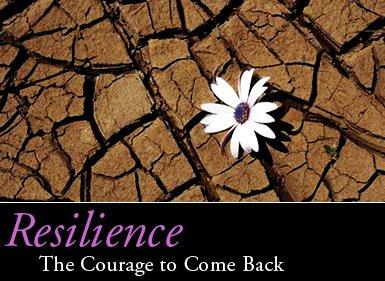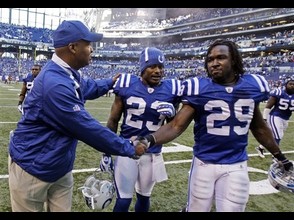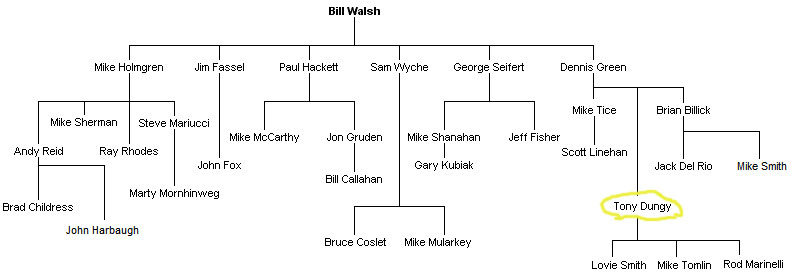If recruiting is the yin, then retention of talented team members is the yang of any successful business. For real estate companies in particular, there is so much emphasis on recruiting that retention often receives less emphasis, or is completely ignored.
 This is a shame because it takes less effort to retain a productive person on your team than it does to acquire, train, and coach a new person to the same level of productivity. So, why do we ignore such an important priority? Because, like the weeds in your garden, the factors that cause someone to leave creep in slowly and often go unnoticed until they choke out productivity. By the time the plant looks sick, it’s too late.
This is a shame because it takes less effort to retain a productive person on your team than it does to acquire, train, and coach a new person to the same level of productivity. So, why do we ignore such an important priority? Because, like the weeds in your garden, the factors that cause someone to leave creep in slowly and often go unnoticed until they choke out productivity. By the time the plant looks sick, it’s too late.
The key to reversing this trend comes in identifying the early warning signals that a person is becoming dissatisfied. Here is some research that was published in Fast Company that illustrates how this principle plays itself out in schools:
“Walk into an urban high school and look around at the kids. Roughly half of them will drop out of school. If you knew which ones, you might be able to steer them toward a different path. But you can’t solve a problem until you can spot it, and how do you spot a future dropout?
Some Johns Hopkins University researchers, frustrated by the high-school-dropout rate, went looking for early-warning signs among students in Philadelphia. What were the telltale markers of a student who wouldn’t graduate? Their analysis came back with astonishing clarity. Pouring over eighth-grade attendance records, they found hundreds of students who had missed more than one out of every five class days. Of those frequent absentees, 78% eventually quit high school. Similarly, of the eighth graders who had failed either English or Math, three out of four dropped out. No other factor — gender, race, age, or standardized-test scores — had the predictive power of those two patterns.
The researchers concluded that the school district could identify more than half of the students who would be likely to drop out before they even set foot in high school.
The early-warning flags didn’t solve the dropout problem, of course, any more than a smoke alarm can put out a fire. But policy analysts at the National High School Center, armed with this information, were then able to review almost a dozen dropout-prevention programs with documented success that could be targeted toward the most at-risk kids.”
Isn’t this interesting? Measuring a few very simple things lead to a prediction of something as complex as who would stay in school. This certainly begs the question: Are there similar factors that you could be measuring to predict those who are at risk of leaving your organization?
In order to find these factors for your organization, it may take some focus and creativity. To get your mind working, the article goes on to share another example of how paying attention to early warning signs is critical to predicting problems that can significantly impact your business. The example comes from an unexpected source—the rock band Van Halen, and lead singer David Lee Roth.
is critical to predicting problems that can significantly impact your business. The example comes from an unexpected source—the rock band Van Halen, and lead singer David Lee Roth.
“[In the ‘80s] Van Halen did dozens of shows every year, and at each venue, the band would show up with nine 18-wheelers full of gear. Because of the technical complexity, the band’s standard contract with venues was thick and convoluted — Roth, in his inimitable way, said in his autobiography that it read ‘like a version of the Chinese Yellow Pages.’ A typical ‘article’ in the contract might say, ‘There will be 15 amperage voltage sockets at 20-foot spaces, evenly, providing 19 amperes.’
Van Halen buried a special clause in the middle of the contract. It was called Article 126 and it required a special bowl of M&Ms be provided for the band backstage. It read, ‘There will be no brown M&Ms in the backstage area, upon pain of forfeiture of the show, with full compensation.’ So when Roth would arrive at a new venue, he’d walk backstage and glance at the M&M bowl. If he saw a brown M&M, he’d demand a line check of the entire production. ‘Guaranteed you’re going to arrive at a technical error,’ he wrote. ‘They didn’t read the contract…. Sometimes it would threaten to just destroy the whole show.'”
So, what are the brown M&Ms that will predict a breakdown in the retention strategy for your business? Smart operators like David Lee Roth understand that it’s much easier to take small innovative steps to detect an upcoming failure than deal with the expensive and painful consequences after it happens.
Editor’s Note: This article was written by Ben Hess. Ben is the Founding Partner and Managing Director of Tidemark, Inc. and a regular contributor to WorkPuzzle. Comments or questions are welcome. If you’re an email subscriber, reply to this WorkPuzzle email. If you read the blog directly from the web, you can click the “comments” link below.












